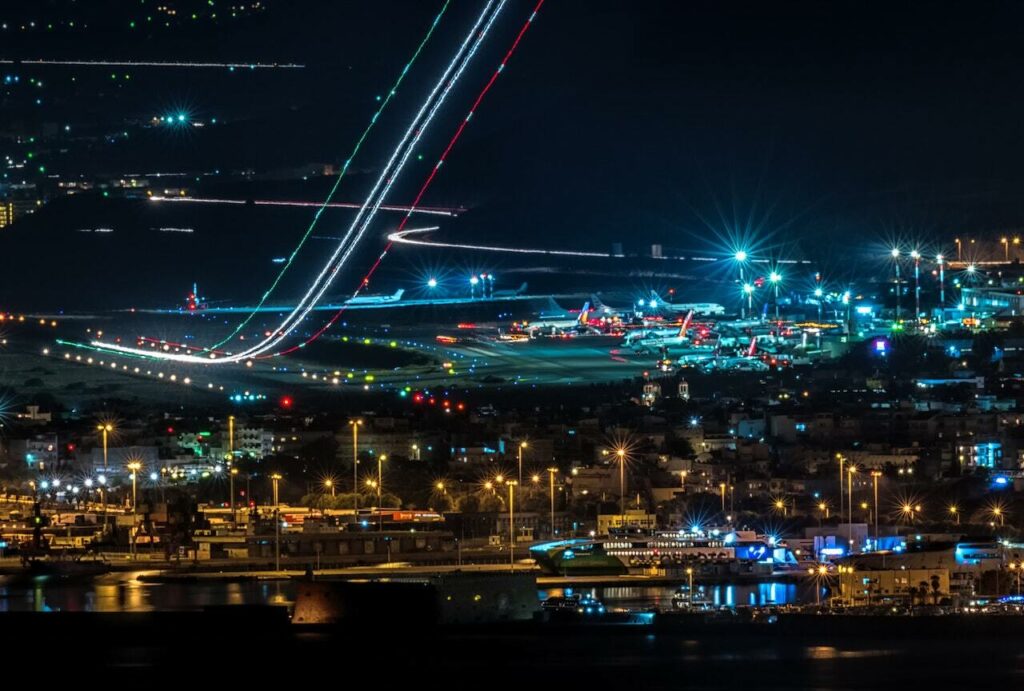This week, the US Federal Aviation Administration (FAA) convened a summit to focus the aviation sector on the string of recent safety incidents.
Several of the recent string of incidents involved aircraft coming too close to one another during takeoff and landing procedures.
More than 200 safety leaders from across the aviation industry met in specific breakout sessions on Wednesday afternoon this week.
A key initiative of the industry sessions was to discuss ways to enhance overall flight safety, and formed a part of the FAA’s Aviation Safety Summit in McLean, Virginia.
The sessions focused on commercial operations, the air traffic system, airport and ground operations, and general aviation operations. Each group was facilitated by a member of industry and an FAA subject matter expert.
During his opening remarks to a plenary session that was open to a broad audience, Acting FAA Administrator Billy Nolen urged the industry to look at all aspects of their operations with fresh eyes and to “question conventional wisdom” while examining ways to further enhance aviation safety.
“There is no question that aviation is amazingly safe, but vigilance can never take the day off,” Nolen said.
“We must ask ourselves difficult and sometimes uncomfortable questions, even when we are confident that the system is sound.”
During these sessions, the aviation industry groups focused on the recent string of incidents to pinpoint where aspects of the existing safety system could be tightened in order to prevent similar occurrences in the future.
The key highlights in brief
Here is a summary of some of the main points covered in this week’s sessions.
Commercial operations
- FAA will urge the Commercial Aviation Safety Team (CAST) team to set a new goal of eliminating serious incidents such as runway incursions and close calls.
- Continue to refine the data being collected by the Aviation Information Analysis and Sharing (ASIAS) system to include a broader range of factors that will help identify precursors to incidents.
- Pilots and flight attendants expressed concerns that they continue to feel stress in the workplace, including long work hours under adverse conditions. The group acknowledged that risk models should also incorporate human factors.
Air traffic control system
- Re-examine runway incursion data to identify underlying factors that led to these incidents and identify remedies.
- The FAA issued a call to industry to help identify technologies that could augment existing capabilities of surface surveillance equipment and deploy this technology to all airports with air traffic control services.
Airport and ground operations
- A primary concern was workforce experience and attrition. Airport operators, airlines, workers, and the FAA discussed sharing the best practices of training programs among airport tenants and other stakeholders operating at airports. Airlines that operate regularly at specific airports said the industry could explore airfield familiarization training for employees.
General aviation operations
- Attendees discussed preliminary data from recent fatal accidents as part of their ongoing efforts to reduce the fatal accident rate in this sector. The group discussed ways to promote the sharing of General Aviation flight data in the ASIAS database to improve safety decision-making.
Mr Nolan said that he expects conversations on these matters will continue in the coming weeks and months, especially in light of the upcoming peak demand seasons of spring and summer.









